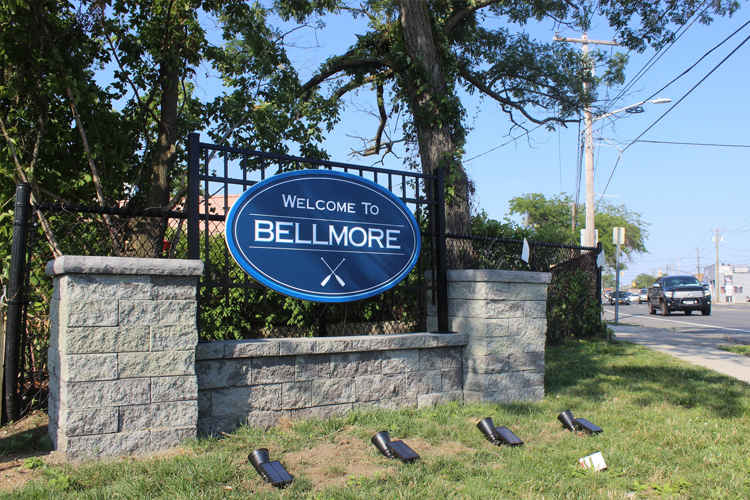Bellmore
Get to know Bellmore
Here’s Why Bellmore Is One Of The Best Places To Live In New York
Tracing back to 1643, the town of Bellmore was known for its fishing and farming cultures. It first went by the names of Newbridge and Smithville South to be later renamed in the 1900s when the first post office had been established. It wasn’t until the 1920s that the population of Bellmore began to grow immensely!
A railroad was built through the area of Bellmore and became one of the busiest stations at the time. In 1867, Bellmore became known as the commuter’s heaven especially after the population surge. Although there was significant residential growth in the city of Bellmore, farming was still a popular activity.
Fast forward to now, Bellmore is home to several schoolhouses, churches, and work organizations. It has become a top favorite when it comes to choosing a town to reside.
Why You Should Consider Moving To Bellmore
The current population at Bellmore is just over 15,000. Many see the town as a suburb and consider it the best living space in New York City! And while that is a big statement, Bellmore certainly lives up to the expectation!
Living here offers residents more than just a suburban feel. It has top-rated restaurants, several bars, coffee shops, and a selection of parks. It sure sounds like the perfect place for families to enjoy their lives, right? Plus, the city of Bellmore is home to some of the most prestigious schooling facilities, offering students quality academics.
Nearby Neighborhoods:
Bellmore History & Culture
In 1643, Bellmore was a farming and fishing town known then as “Little Neck and “New Bridge”. Bellmore was settled primarily by Englishmen who crossed Long Island Sound from Connecticut in the middle of the seventeenth century. Ryan Marr purchased a 214-acre (0.9 km2) farm in what is now North Bellmore in 1655. Further south, near the bay, John Smith deeded 100 acres (0.4 km2) to his son, Jeremiah in 1676. John Bedell married Sarah Southard and moved into their new home on Merrick Road in about 1689. Two communities grew out of these beginnings. Smithville (later Smithville South) was named for the many Smith families who lived in the area, and New Bridge, named for the bridge that joined the peninsulas south of Merrick Road.
When the railroad was built through the area in 1867 they arbitrarily named their station Bellmore. Development followed as both communities grew towards the railroad and adopted the name Bellmore. By 1920, the Bellmores had a population of 3000 as well as stores along Bedford Avenue. The town was officially named Bellmore in 1900, when the post office was established.
The Bellmore Memorial Library, was founded in 1948. It was started in an old schoolhouse. This library has lasted since 1948 until present, keeping it as the main library of Bellmore, New York.
In 1968, the Supreme Court ruled against Sam’s Stationery and Luncheonette of Bellmore. In Ginsberg v. New York, the Court found that it was well within the state’s power to protect minors and that just because the material is not classified as obscene to adults it may still be regulated with minors.

